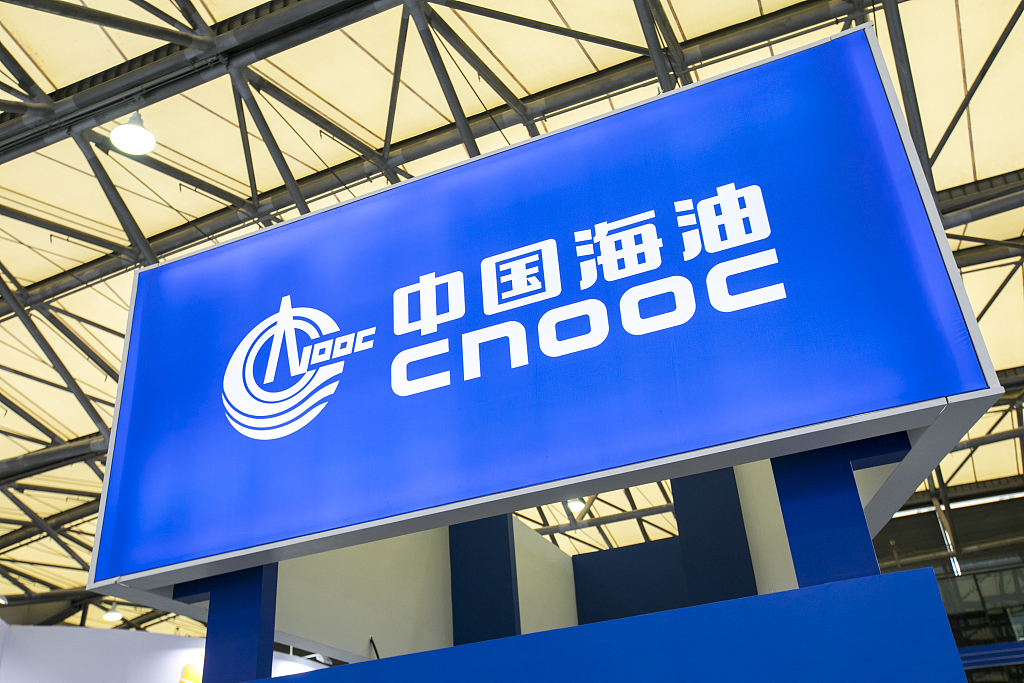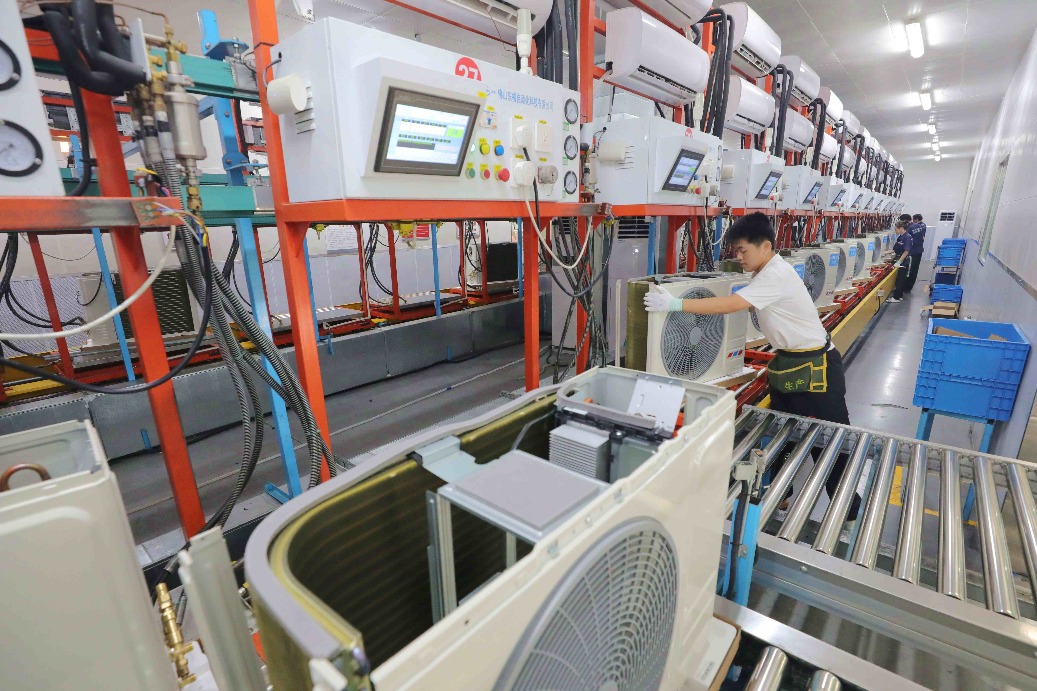CNOOC uses cold energy for aquaculture


China National Offshore Corp, the country's largest liquefied natural gas importer, has spearheaded an innovative project — harnessing cold energy for the aquaculture industry — at its largest LNG receiving terminal.
Instead of discharging the huge amount of cold energy — which is produced during LNG vaporization and distribution — into the ocean, the company has decided to utilize it for aquaculture within the terminal, turning what was once considered waste into a valuable resource.
Similar to a marine aquarium, a total of 1,000 kilograms of red snappers and lobsters, among others, are raised in the cold water within the terminal, one of the largest LNG receiving stations in China.
Tests have shown that the fishes meet the requirements of various physiological indicators, said the company.
While cold energy has in the past been applied to low-temperature power generation and refrigerated storage, CNOOC has been the first to start aquatic cultivation through LNG cold energy, marking a new step in the construction of modern "ocean ranches" in the domestic LNG industry, said Li Ziyue, an analyst with BloombergNEF.
"During the re-gasification process of LNG, a substantial amount of cold energy is often wasted. If harnessed properly, it can greatly enhance energy efficiency and reduce emissions," she said. "CNOOC's innovative approach can both utilize LNG cold energy and revolutionize the aquaculture industry."
According to CNOOC, the aquaculture experiment focuses on high-value fish species such as grouper and snapper, as well as seafood such as shrimp, crab, and sea cucumber. Its projected annual output is expected to reach 100,000 kilograms.
The use of cold energy in aquaculture is expected to reduce overall costs by 30 percent compared with traditional aquaculture.
With temperature control in aquaculture being a major cost factor, the project will help reduce expenses significantly along with considerable economic benefits, said Cao Yueming, secretary-general of the seed branch of the Shenzhen Fisheries Industry Association.
Lobster is considered a primary focus for cultivation due to its high value and strict environmental requirements.
Currently, lobsters are mainly imported, and the project will help replace high-end seafood imports through local breeding, he said.




































